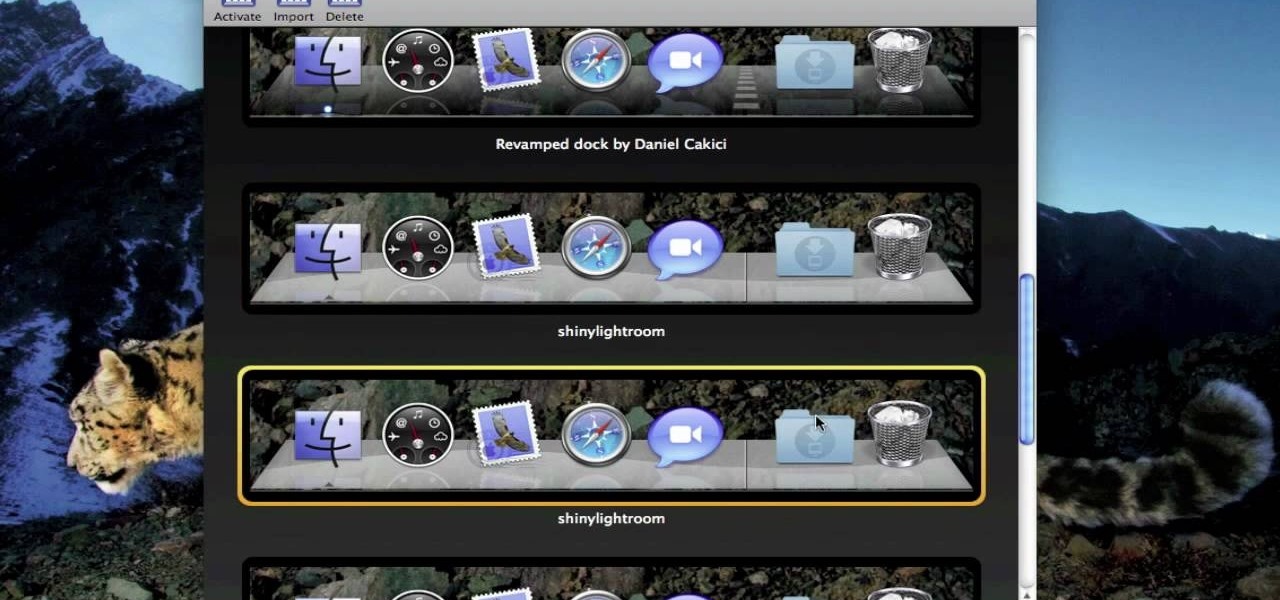
USB’s transfer rate is know as a burst rate. It sends a lot of data at its highest speed before stalling and then repeating it again. FireWire 800 is a constant rate - it constantly sends data at 800Mbit/sec. Imagine if someone was driving 50MPH for a few seconds then stopping, then 50MPH and stopping again.
Information about these and other types of Mac ports is in the specifications for your Mac: Choose Apple menu > About This Mac, click Support, then click Specifications. Or check your Mac user guide.
Thunderbolt 3
Use Thunderbolt 3 with displays and other devices that connect using either a Thunderbolt 3 cable or USB-C cable. You can also connect a USB-C power adaptor and cable to charge your notebook computer. If you have a device that doesn't connect to this port, you might be able to use an adaptor to connect it.
These Mac models have Thunderbolt 3 ports:
- MacBook Pro introduced in 2016 or later
- MacBook Air introduced in 2018or later
- iMac introduced in 2017 or later
- iMac Pro (all models)
- Mac mini introduced in 2018
- Mac Pro introduced in 2019
If your Mac notebook or desktop computer has more than one port like this, each port supports ThunderBolt 3 and USB-C.
USB-C
Use USB-C with displays and other devices that connect using a USB-C cable. You can also connect a USB-C power adaptor and cable to charge your notebook computer. If you have a device that doesn't connect to this port, you might be able to use an adaptor to connect it.
MacBook models introduced in 2015 or later have a single USB-C port. This port doesn't support Thunderbolt devices.
If your Mac has only one port like this, it's a MacBook that supports USB-C but not Thunderbolt. Adobe presenter for powerpoint mac.
Thunderbolt
Use Thunderbolt or Thunderbolt 2 with displays and other devices that connect using a Thunderbolt cable.
Making your first PDF with LaTeX and Sublime Text 2 This tutorial will walk you through the installation and setup of Sublime Text 2 for working with LaTeX. After installation we will create a simple PDF to make sure everything has been setup correctly. First pdf with latex and sublime text 2 for mac. Making your first PDF with LaTeX and Sublime Text 2. Making your first PDF with LaTeX and Sublime Text 2 for Mac. Install MacTex. Download MacTeX. MacTeX installs everything you need to compile tex files into PDFs. This will take a while, so grab a coffee. Install Atom. If you haven’t already, download the awesome Atom text editor Atom text editor. This tutorial will walk you through the creation of your first beamer presentation using LaTeX and Sublime Text 2. I will assume you have at least made your first PDF with LaTeX in Sublime Text 2 (Mac-specific setup instructions). Create beamertest.tex. Start by opening Sublime Text 2, and saving a new document as “beamertest.tex“. On the first line we’ll set the document class to. Install and be able to use a text editor, in this case Sublime Text 2; Create your very first LaTeX article! If you are one of the many moving from Sublime Text to Atom, check out our new tutorial for Atom: Creating Your First PDF with LaTeX and Atom What you need: Mac; At least 3gb of free hard drive space; A high speed internet connection.
These Mac models have Thunderbolt or Thunderbolt 2 ports:
- MacBook Pro introduced in 2011 until 2015
- MacBook Air introduced in 2011 until 2017
- Mac mini introduced in 2011 until 2014
- iMac introduced in 2011 until 2015
- Mac Pro introduced in 2013
Thunderbolt and Thunderbolt 2 are not the same as Mini DisplayPort . They have the same shape, but use different symbols on the cable and port. However, this port does support Mini DisplayPort for video output, so you can use a Mini DisplayPort cable to connect a Mini DisplayPort display.
Mini DisplayPort
Use Mini DisplayPort with displays that connect using a Mini DisplayPort cable.
These Mac models have Mini DisplayPort:
- MacBook Pro introduced in late 2008 until 2010
- MacBook Air introduced in late 2008 until 2010
- Mac mini introduced in 2009 and 2010
- iMac introduced in 2009 and 2010
- Mac Pro introduced in 2009 until 2012
Mini DisplayPort is not the same as Thunderbolt or Thunderbolt 2 . They have the same shape, but use different symbols on the cable and port.
USB-A
Use USB-A with devices that connect using a USB cable. USB ports are sometimes known by the USB specification of the port, such as USB 2 or USB 3.
Left to right: power, two Thunderbolt, USB-A, and Audio-Out.
HDMI
Use HDMI with displays and TVs that connect using an HDMI cable.
Ethernet
Use Ethernet with networks and devices that connect using an Ethernet (RJ45) cable.
FireWire
Use FireWire with devices that connect using a FireWire 400 or FireWire 800 cable.
SD card

Use the SD card slot with SD, SDHC, SDXC, MMC and UHS-II media cards, such as those used by digital cameras.
Audio
Use Audio-Out — or — with headphones, speakers and other audio-output devices that connect using an audio cable that has a 3.5 mm (1/8 inch) audio jack.
Use Audio-In with a microphone or other audio-input device that connects using an audio cable that has a 3.5 mm (1/8 inch) audio jack.
Power
Use the power port , if available, to connect your computer to AC power using a MagSafe cable or adaptor. This port isn't available on newer Mac notebook computers, which use Thunderbolt 3 or USB-C for power and charging. Learn more about power adaptors and cables for Mac notebook computers.